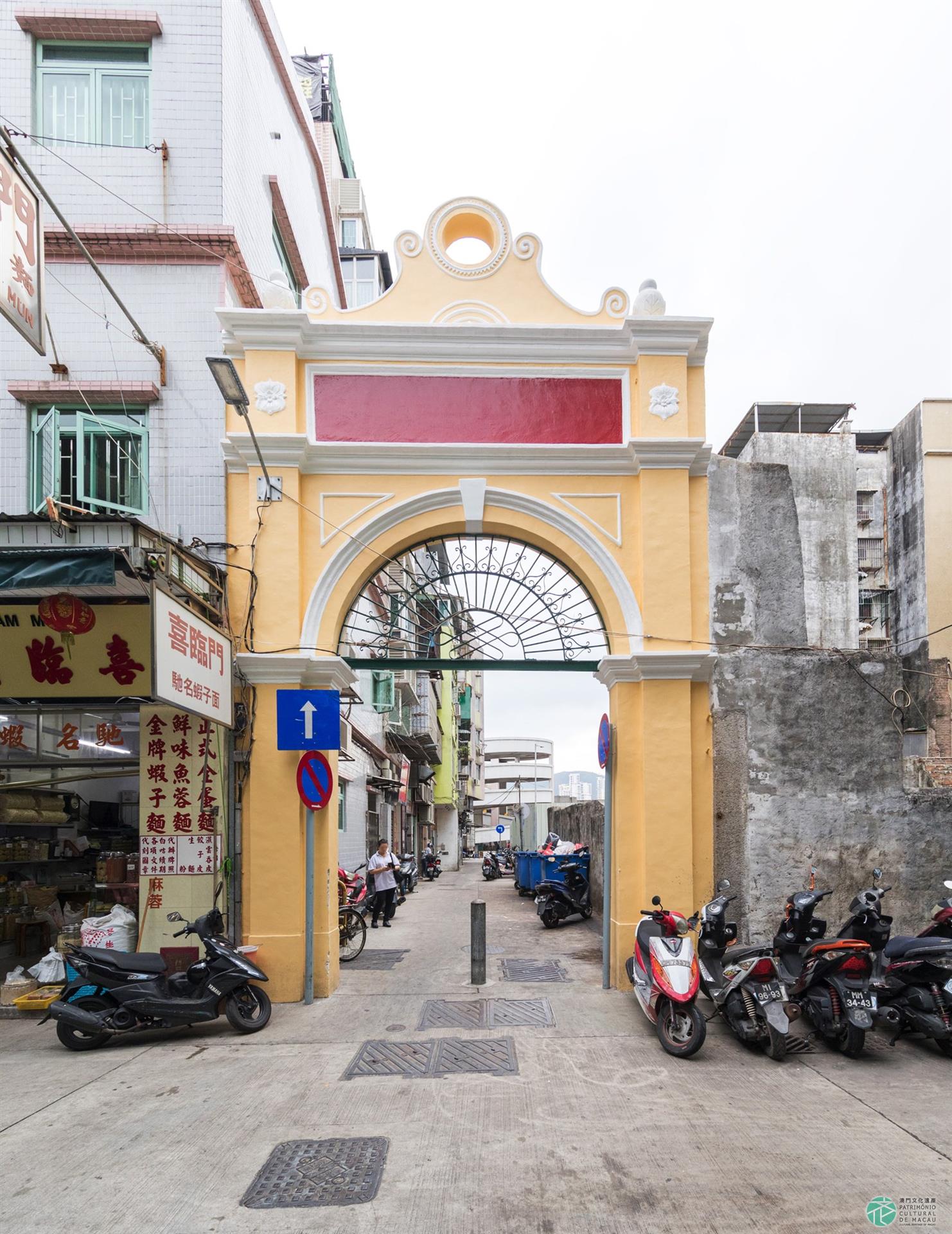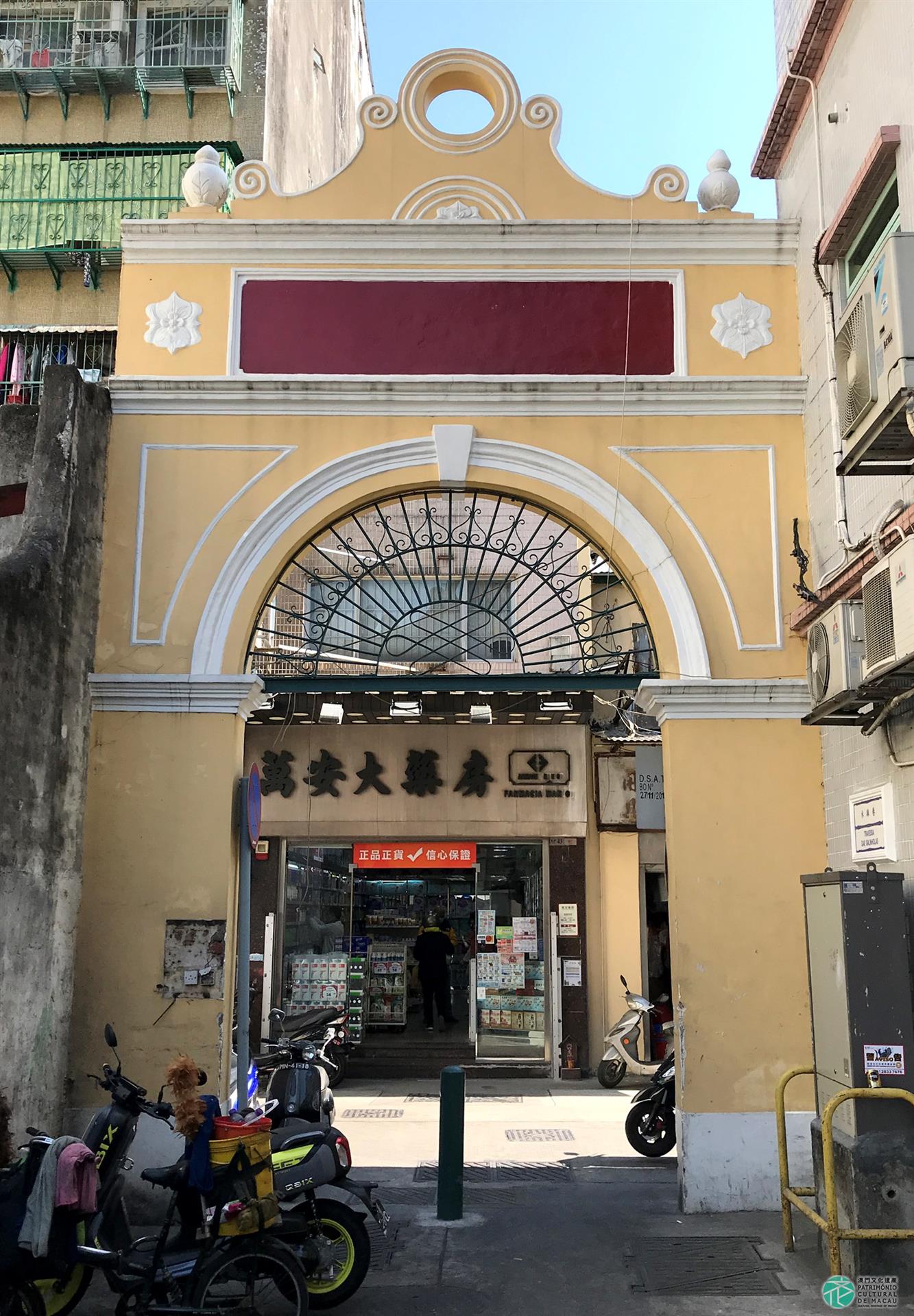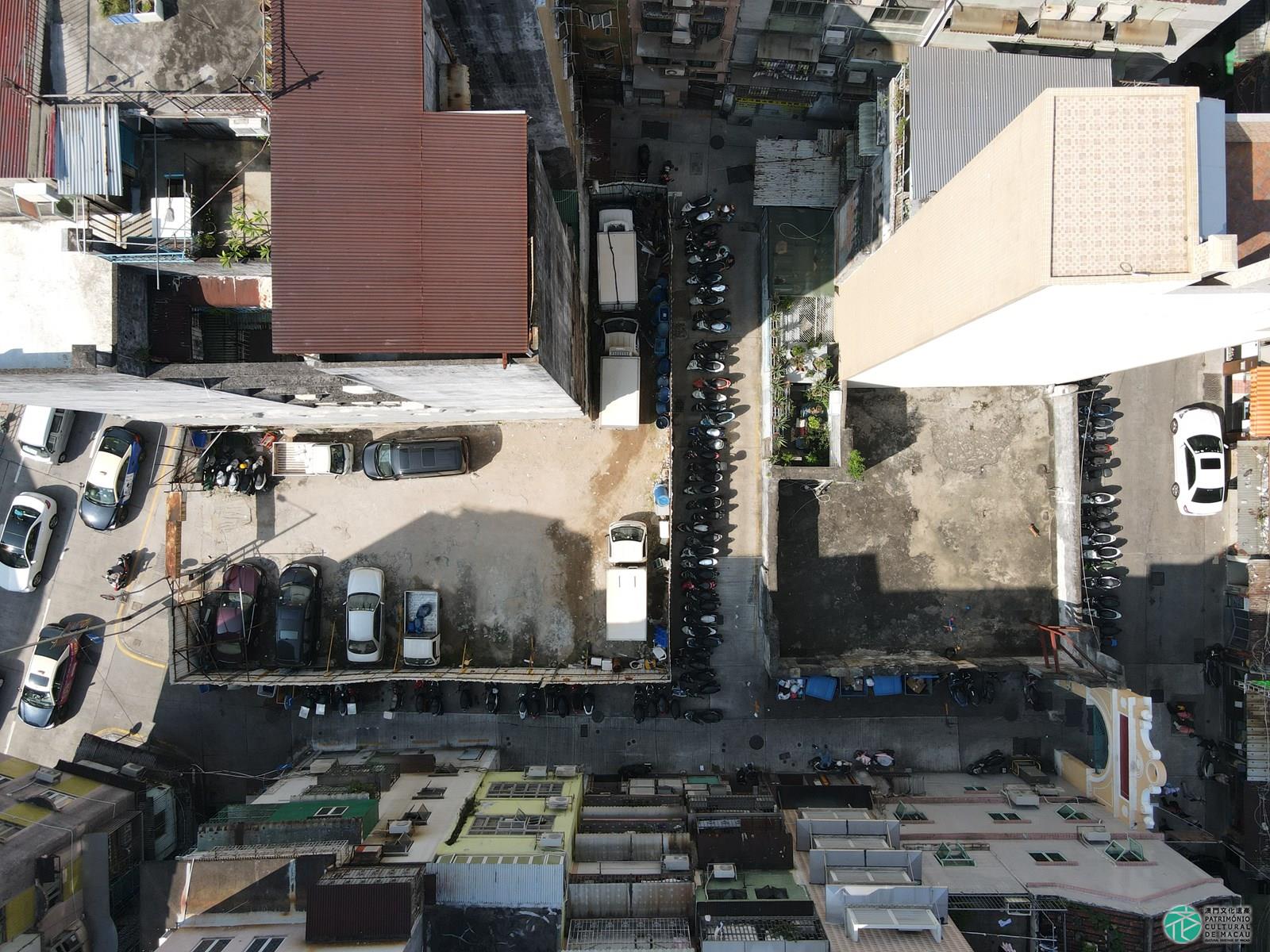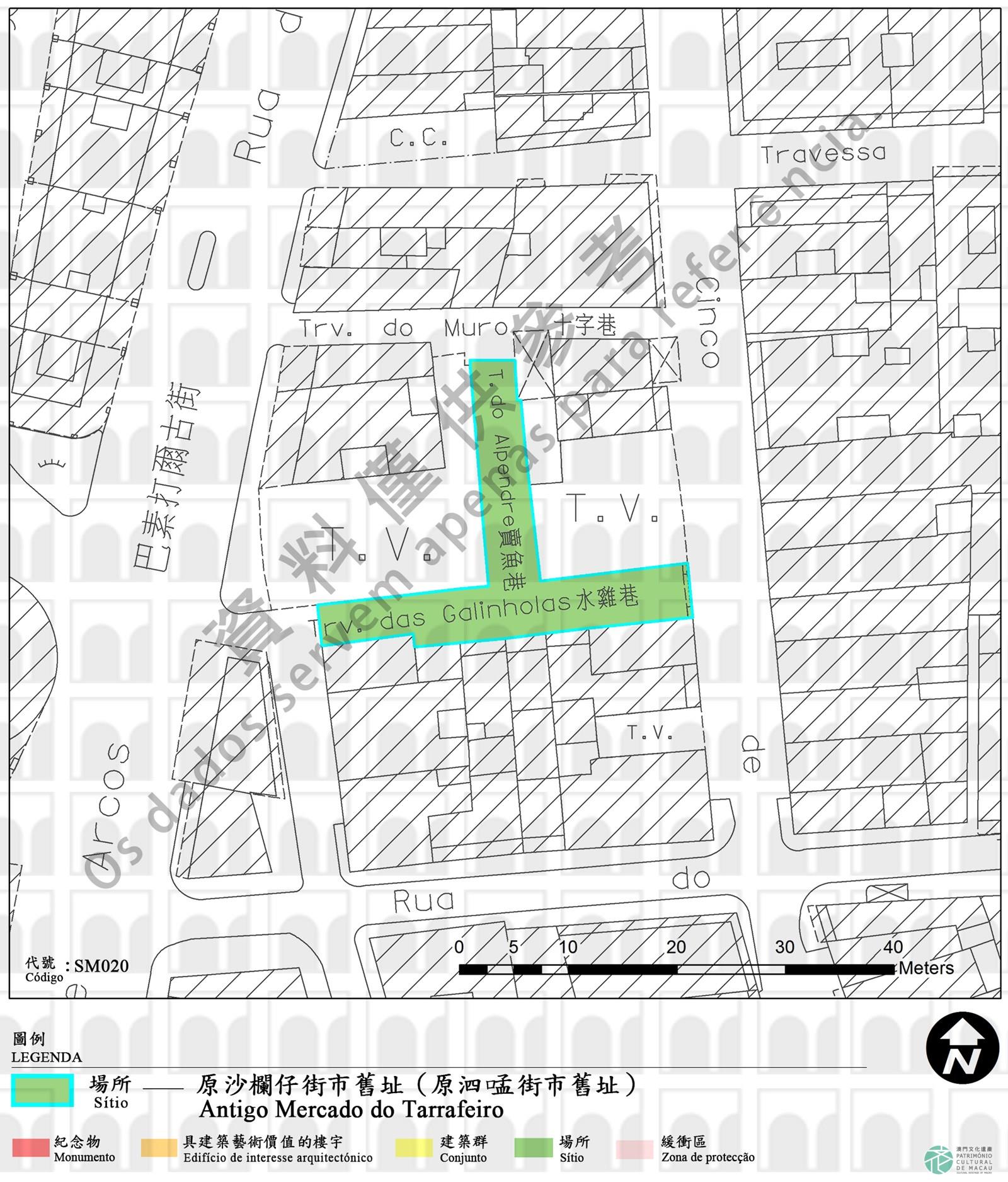The old Tarrafeiro Market, located at the confluence of Rua de Cinco de Outubro with Rua do Guimarães, also known as “Simão Market” and "Kong Iec Market" [1], already existed before the 1870s, mainly intended for the sale of fresh fish.. At that time the Market was located at Travessa do Alpendre and Travessa das Galinholas, and extended through covered spaces in all four directions. [2]. At the beginning, it was run by the Deputy of the Viceroy of Guangdong and Guangxi, Peng Yu and his family, who rented out stands to vendors. Due to an occupation of two public streets that was considered illegal, the Senate extinguished the Tarrafeiro Market in 1884, ordering sellers to relocate to the municipal market near Hong Chan Kuan Temple on Rua Cinco de Outubro[3]. In March 1907, due to the ruin of several of the old Market buildings, the Public Works Department ordered the owner, Chou-sin-hyp, to demolish and rebuild them. The owner submitted a project for the reconstruction in June 1907[4] and the works were finished by January 1909[5]. The Market worked without interruption until 31 January 1928, when it was forced to close its doors due to poor sanitary conditions. [6]. Afterwards, the street section stretching from Travessa do Alpendre to the Tarrafeiro Municipal Market was closed for the construction of buildings[7]. With the suspension of its operation, the Tarrafeiro Municipal Market was gradually forgotten. The street, however, keeps intact the old landscape, bearing witness to the history of Macao’s public municipal markets.
The Tarrafeiro Market was initially delimited by a barrier that served as a gateway. In 1907, with the new project licensed by the Public Works Department, new gates were built, with entries by Travessa das Galinholas and Travessa do Alpendre. The gates were integrated in the streets, delimiting a public space with a specific function. The combination of gates and public streets became a concrete example of the architectural solutions adopted in the first municipal markets in Macao. In the 1990s, after the collapse of the Travessa do Alpendre gate, only one gate remained, at Travessa das Galinholas. The surviving eclectic-style portico can be divided into three sections: the first consisting of a large arch, the second including a decorated frieze, and the third, topped by a curved pediment.
[1] Tang Si, Scenery of Macao (Continuation), Beijing: China Federation of Literary and Art Circles Publishing House, 1999, p. 154.
[2] Historical archives, The Archives of Macao, Document No. MO/AH/AC/SA/01/00578/001, p. 10.
[3] Official Gazette, 29 March 1884, No. 13.
[4] Announcement issued by the Loyal Senate on 18 April 1907.
[5] According to the official letter from the then Public Works Department to the Loyal Senate on 18 January 1909, the owners of the Tarrafeiro Municipal Market applied for the painting of the walls of the houses, so it was speculated that the reconstruction was completed.
[6] Historical archives, The Archives of Macao, Document No. MO/AH/LS/1324.
[7] Cadastro das Vias públicas e Outros Lugares da Cidade de Macau, Macau, Leal Senado da Câmara Municipal de Macau, 1957, p. 42.



